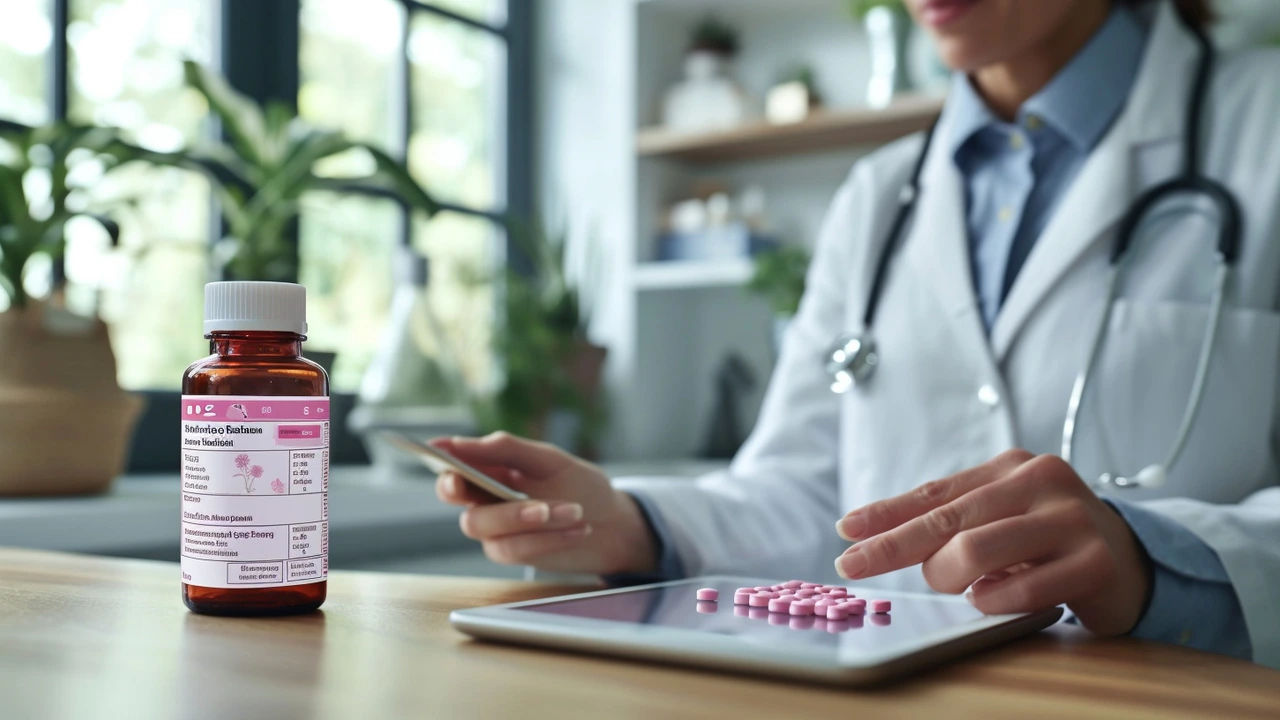Drug Interaction Guide – What Happens When Meds Mix
If you've ever wondered why doctors ask about every pill you take, it's because drugs can change each other's effects. Some combos boost the good stuff, others create nasty side effects, and a few can even be life‑threatening. Knowing the basics helps you avoid surprises at the pharmacy.
Common Types of Interactions
First up, pharmacokinetic interactions. These happen when one drug changes how another is absorbed, broken down, or cleared from your body. For example, a common cholesterol pill called atorvastatin can stay in the bloodstream longer if you also take certain antibiotics, raising the risk of muscle pain.
Next, pharmacodynamic interactions. Here two drugs act on the same target and either amplify or block each other's action. Think about taking a blood‑pressure med with an over‑the‑counter cold remedy that contains decongestants – both can raise your heart rate.
Finally, food‑drug interactions. Grapefruit juice is a classic culprit; it can stop enzymes from breaking down many meds like some antihistamines, leading to higher levels and stronger side effects. Knowing which foods matter keeps you on the safe side.
Practical Tips to Prevent Bad Mixes
Start with a simple list: write down every prescription, OTC product, supplement, and even herbal tea you use. Keep that list in your phone or on the fridge so you can show it to any pharmacist or doctor.
Second, always read the label. Many pills have a warning section that mentions specific drugs to avoid. If something sounds confusing, a quick call to the pharmacy can clear it up.
Third, use reputable online tools for a quick check. Most major health sites let you type two drug names and see if there's a known interaction. It's not a substitute for professional advice but works as a first filter.
If you start a new medication, ask your doctor how it might interact with what you're already taking. A brief conversation can save weeks of trial‑and‑error headaches later.
Watch out for timing issues too. Some drugs need to be spaced apart by a few hours (like certain antibiotics and calcium supplements) to avoid binding together in the gut and reducing effectiveness.
When you notice unexpected side effects – dizziness, nausea, unusual bruising – think about recent changes to your med routine. Even a small supplement can tip the balance.
Lastly, never assume “natural” means safe. Herbal products like St. John’s wort are notorious for lowering the effectiveness of birth control pills and some antidepressants.
Keeping an eye on drug interactions is all about staying informed and asking questions. A little effort now prevents big problems later, and you’ll feel more confident handling your own health.

Exploring the Best Hydroxychloroquine Deals Online: A Comprehensive Guide
This article dives into finding the best Hydroxychloroquine deals online, offering a wealth of information on its medical uses, side effects, and recommended dosages. It is crafted to guide readers through the complexities of this medication, making the process of obtaining it more accessible and understandable. By exploring Hydroxychloroquine's interaction with other drugs and highlighting tips for users, this piece aims to be an essential read for anyone considering this treatment.
Read More